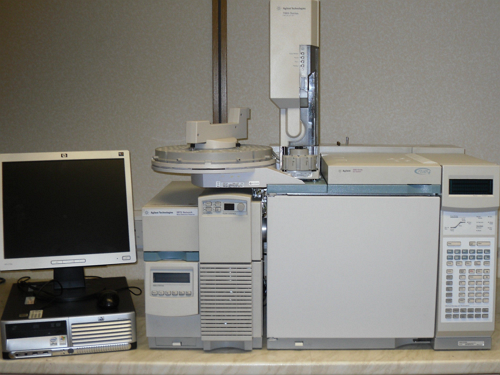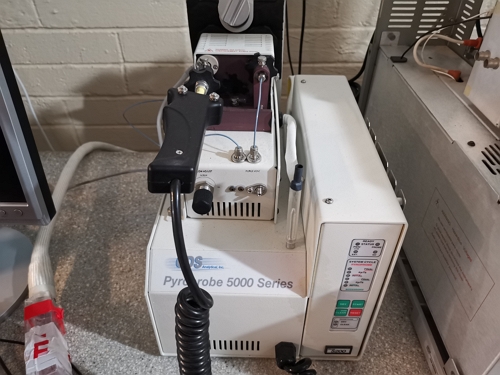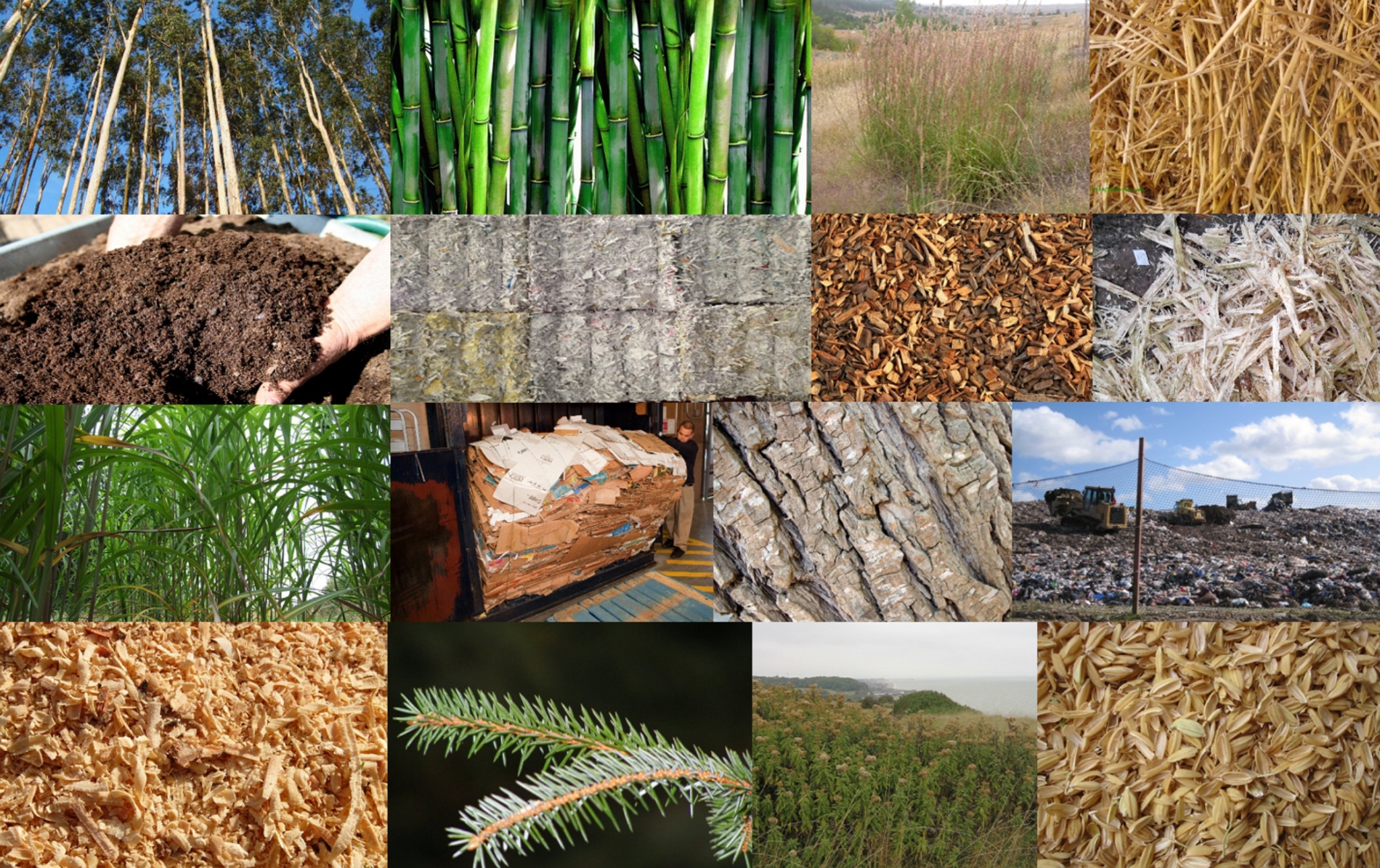Analysis Package P20 : Lignin S/G Ratio
Lignin is a phenolic polymer that provides structural rigidity to plants.
Additionally, it plays many functional roles, such as protecting the plants from microbial attack
and aids water and nutrient transport.
Lignin is an amorphous heterogeneous polymer of phenylpropane units: O guaiacyl (G unit), syringyl (S unit) and p-hydroxyphenyl (H unit) units derived from coniferyl alcohol, sinapyl alcohol, and p-coumaryl alcohol, respectively.
The S/G ratio represents the syringyl and guaiacyl contents of the lignin in a plant. The distribution of S and G units varies with the type of wood. Softwood contains a high amount of G units, while hardwood is generally rich in both S and G units. The average S/G ratio of pine and spruce, the commonly used softwoods as timber, are 0.02 and 0.01, respectively. White birch, a hardwood used in the paper industry, has an average S/G ratio of 2.0.
Besides the difference in the S/G ratio of plant genera, the S/G ratio also varies significantly with plant species. Growth conditions and the age of plants can also influence the S/G ratio. Significant differences in the lignin S/G ratio are observed between various plant tissues and plant cell types.
Since lignin is the major impediment in the cellulosic bioconversion process, understanding the lignin chemistry of biomass is crucial for successful delignification. S/G ratio is a significant parameter from a bioeconomy perspective, as it plays a substantial role in delignification and lignin valorisation.
Lignin S/G ratio of pretreated biomass may influence the biomass susceptibility to enzymatic action and biomass conversion. Biomass with a high lignin S/G ratio is likely to be more prone to enzymatic action.
S/G ratio of lignin may not be necessarily correlated with monomeric yield after lignin depolymerization. Choosing a microbial host and designing a bioprocess methodology for the synthesis of value-added products from lignin requires careful consideration of its S/G ratio.
Lignin is an amorphous heterogeneous polymer of phenylpropane units: O guaiacyl (G unit), syringyl (S unit) and p-hydroxyphenyl (H unit) units derived from coniferyl alcohol, sinapyl alcohol, and p-coumaryl alcohol, respectively.
The S/G ratio represents the syringyl and guaiacyl contents of the lignin in a plant. The distribution of S and G units varies with the type of wood. Softwood contains a high amount of G units, while hardwood is generally rich in both S and G units. The average S/G ratio of pine and spruce, the commonly used softwoods as timber, are 0.02 and 0.01, respectively. White birch, a hardwood used in the paper industry, has an average S/G ratio of 2.0.
Besides the difference in the S/G ratio of plant genera, the S/G ratio also varies significantly with plant species. Growth conditions and the age of plants can also influence the S/G ratio. Significant differences in the lignin S/G ratio are observed between various plant tissues and plant cell types.
Since lignin is the major impediment in the cellulosic bioconversion process, understanding the lignin chemistry of biomass is crucial for successful delignification. S/G ratio is a significant parameter from a bioeconomy perspective, as it plays a substantial role in delignification and lignin valorisation.
Lignin S/G ratio of pretreated biomass may influence the biomass susceptibility to enzymatic action and biomass conversion. Biomass with a high lignin S/G ratio is likely to be more prone to enzymatic action.
S/G ratio of lignin may not be necessarily correlated with monomeric yield after lignin depolymerization. Choosing a microbial host and designing a bioprocess methodology for the synthesis of value-added products from lignin requires careful consideration of its S/G ratio.
Constituents Determined
For every constituent determined via wet-chemical analysis each sample is analysed in duplicate and we provide the compositional data for each replicate along with the average value and the standard deviation between the duplicates. Our analytical protocols typically provide results with a high level of precision, as detailed here.
Examples of the data reports generated can be viewed on the Celignis Database. Please log on to the guest account using email "test@celignis.com" and password "celignis".
Examples of the data reports generated can be viewed on the Celignis Database. Please log on to the guest account using email "test@celignis.com" and password "celignis".
Click here to place an order for determining Lignin S/G Ratio.
Request a QuoteLignin S/G Ratio
Equipment Used for Lignin S/G Ratio Analysis

Gas Chromatograph with Mass Spectrometer (GC-MS)
Our lab has an Agilent 6890 gas chromatograph (GC) coupled to an Agilent 5973 mass selective detector (Mass Spectrometer).

CDS Pyroprobe 5200
We use this item, coupled to our GC/MS system, to determine the S/G ratio in lignin.





